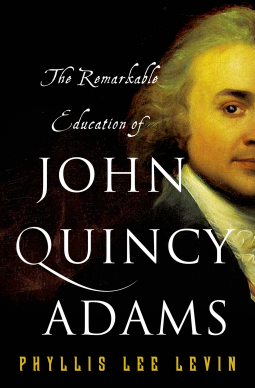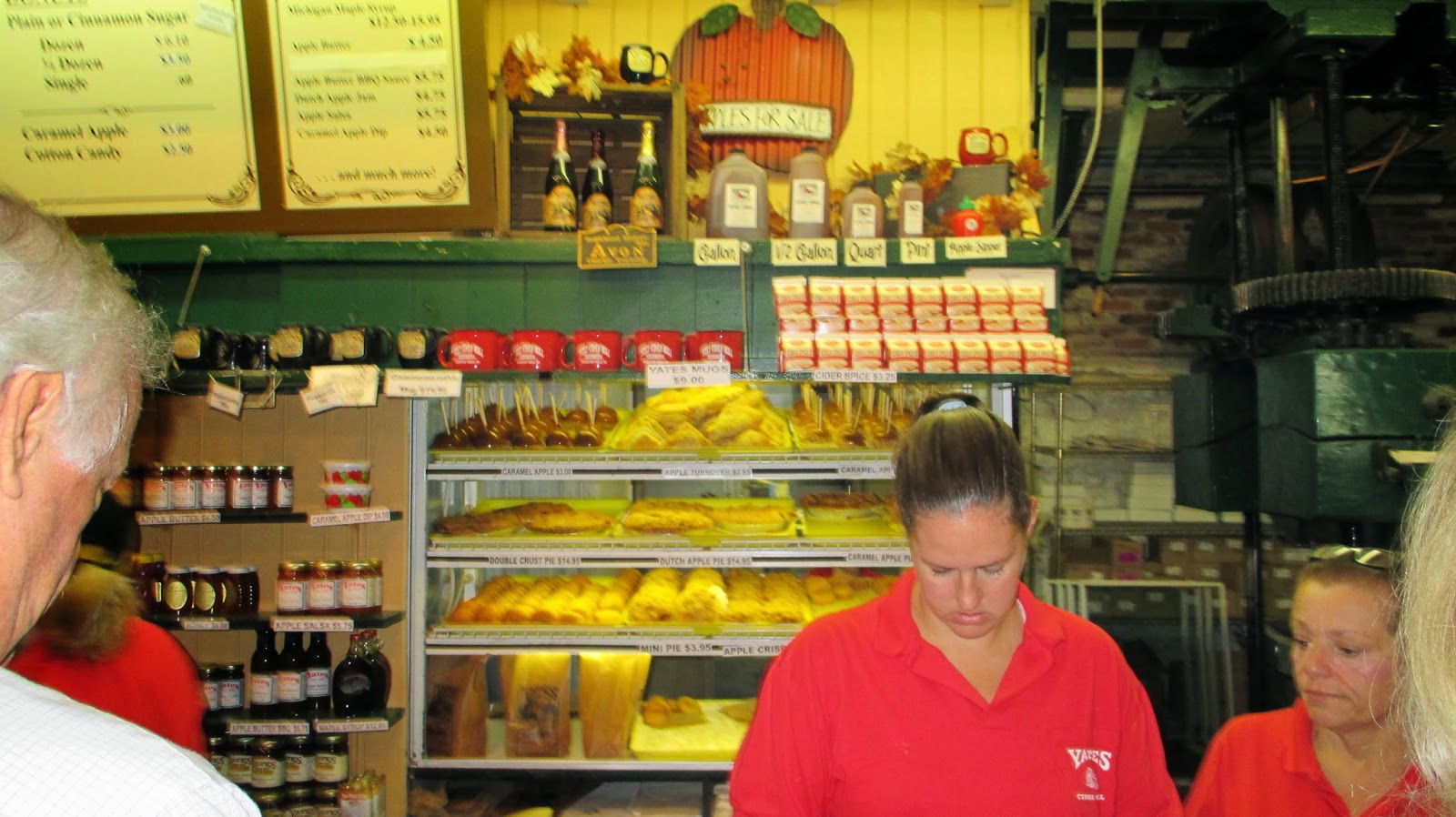September 16 was J
. C. Penney's birthday. I was reminded that I had my grandfather's autographed copy of Penney's 1950 autobiography
Fifty Years with the Golden Rule: A Spiritual Autobiography. I decided it was time to read it.
James Cash Penney was born in 1875 and died in 1971 at age 95. His father was a farmer and preacher, never financially successful, but a role model that inspired his son throughout his life. He taught his son to work hard, giving 110% to whatever job he was doing. He also taught him to follow the Golden Rule in all aspects of life. "Do unto others as you would have them do unto you."(Mathew 7:12)
When Penney turned 8 years old his father told him he had to earn for his own clothing. Penney badly needed shoes for school. He ran errands and earned the $2.50 for a cheap pair of shoes, the leather top held to the sole by wooden pegs. By 12 years of age he had progressed to buying pigs to fatten and sell. The neighbors complained about the smell and Penney was instructed to sell the pigs before they were fattened. One must treat others as you would have them treat you after all. Penney put the $60 earned in two banks: in case one failed, he'd still have the other half of his money.
Penney's father was a supporter of the Sunday School movement, but their Missouri Primitive Baptist church members were not. He also believed that preachers should be educated and receive a stipend. The controversy lead to his father being brought up on charges and read out of the church. Although his father did not hold grudges, his son became alienated from the church.
Penney aspired to be a lawyer. There was no financial aid available in those days, and his father offered another opportunity--working with a merchant to learn business. In 1898 Penney was hired by the owners of The Golden Rule Store. He gave 110% and in 1902 he opened his own store and was made a partner. By 1907 he bought out the original owners and continued to open new Gold Rule Stores. His policy was to offer good products at a fair price, have stellar customer service, and accept cash only. The frugal, workaholic Penney's empire grew to 1,700 stores, plus model dairy farms, a home for retired ministers, and many non-profit charitable ventures.
But his life was far from idyllic. He was devastated by the loss of two wives, and he lost his fortune during the Depression. He was no longer the philanthropist tycoon and had to draw a salary from his stores earnings. The experience brought Penney to question his very existence.
My grandfather had marked these lines:
"A man must regard very soberly indeed the unheralded fact of being literally forced to start over again at the age of fifty-eight to provide for his family."
"I was flat broke, touching bottom."
"Suicide is not in my nature, or retreat. Through the burden was immense, the only thing possible was to find the way back to solid ground."
"No one had robbed me of the will and know-how to work hard and serve the public."
"First of all, I reminded myself, a man doesn't run. Neither does he squander time and strength in blaming everything and everyone in sight--excepting himself. When he has brought himself around to accepting the fact that possessing money will never be a guarantee of invulnerability and that whatever fortune he had has been lost, the way is opened to seeing that the only place left to go is--up. Powers remain.--and the power used to build with, in the first place. And so he fights."
The triple underlining was my grandfather's, and next to the lines he wrote "N.B.", note bene, or "note well".
Penney was in failing health, suffering from shingles, and unable to sleep when a doctor friend checked him into the Kellogg Sanitarium in Kalamazoo for rest and treatment. Penney actually felt that his life was coming to an end.
He was given a sedative but awoke again at 10 pm feeling blue and alone and depressed. He walked the empty halls of the sanitarium until he heard the chapel organ playing the old hymn "God will take care of you...All you may need, He will provide/God will take care of you...Lonely and sad, from friends apart...No matter what may be the test...God will take care of you..."
He heard someone read the scripture verse "Come unto me, all ye that are heavy laden."
And he had his epiphany: he did not have to have all the answers and rely on only his own abilities.
"I had glimpsed God."
"Lord, I can do nothing. Will you take care of me?"
Penney was reborn into a "right-thinking" man, aware that he had the power to cure himself by truly following God's way. He had followed The Golden Rule but still allowed business and the pursuit of money to lead his life. Humility became his greatest challenge. Giving money to charity was easy, but now he had learn to give of himself, to allow God control of his life. This realization brought him joy, peace, and assurance.
Within days he was well enough to be released. He changed the orientation of his life. Ten more years before he was baptized into the church and took communion for the first time. He became a noted inspirational public speaker.
From the viewpoint of 2014 Penney's business ethic would be untenable. Loyalty is passe', fair pricing has been supplanted by the all-mighty profit margin. Bosses have no business determining if a worker's spouse will be happy playing second fiddle to a career. Workers would not fight for a chance to work at half salary for a company they 'believed in.'
After the arresting climax of the book, Penney spirals into a long dissertation of men who succeeded at Penneys and about his later work.
Penney was from a world of several centuries ago. What would he think of today's business world, its practices and morality? Or of idle workers, an educated work force who wait for a job in their field. The excuses made about 'it's who you know' and what school you went to would not merit any compassion from Penney.
* * * * *
I was intrigued by my grandfather's notations. I think he felt a kindred spirit to Penney, not in terms of material success but in having suffered tragic losses and rising again. Gramps was born to an unmarried woman. He lost his grandparents and mother by age nine. He worked himself through college and seminary. As a family man during the Depression he lost his job and had to move in with in-laws. Did Gramps underline those words because he also had hit rock bottom in his life and pulled himself together to fight on?
James Cash Penney had to have inspired many people in his day, not just because he had started an enterprise that is still around 100 years later but also by how he faced the great challenges of his life.





















































